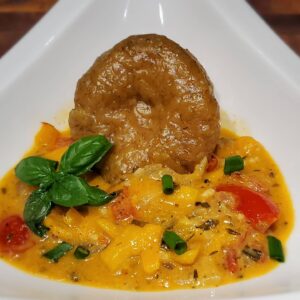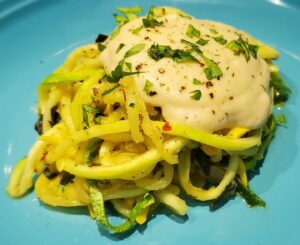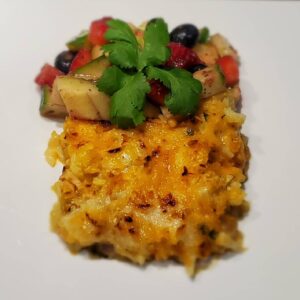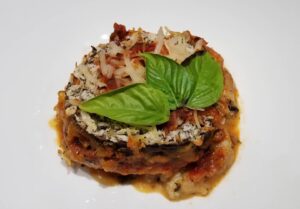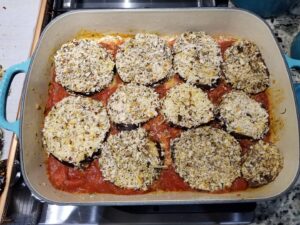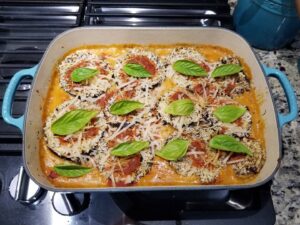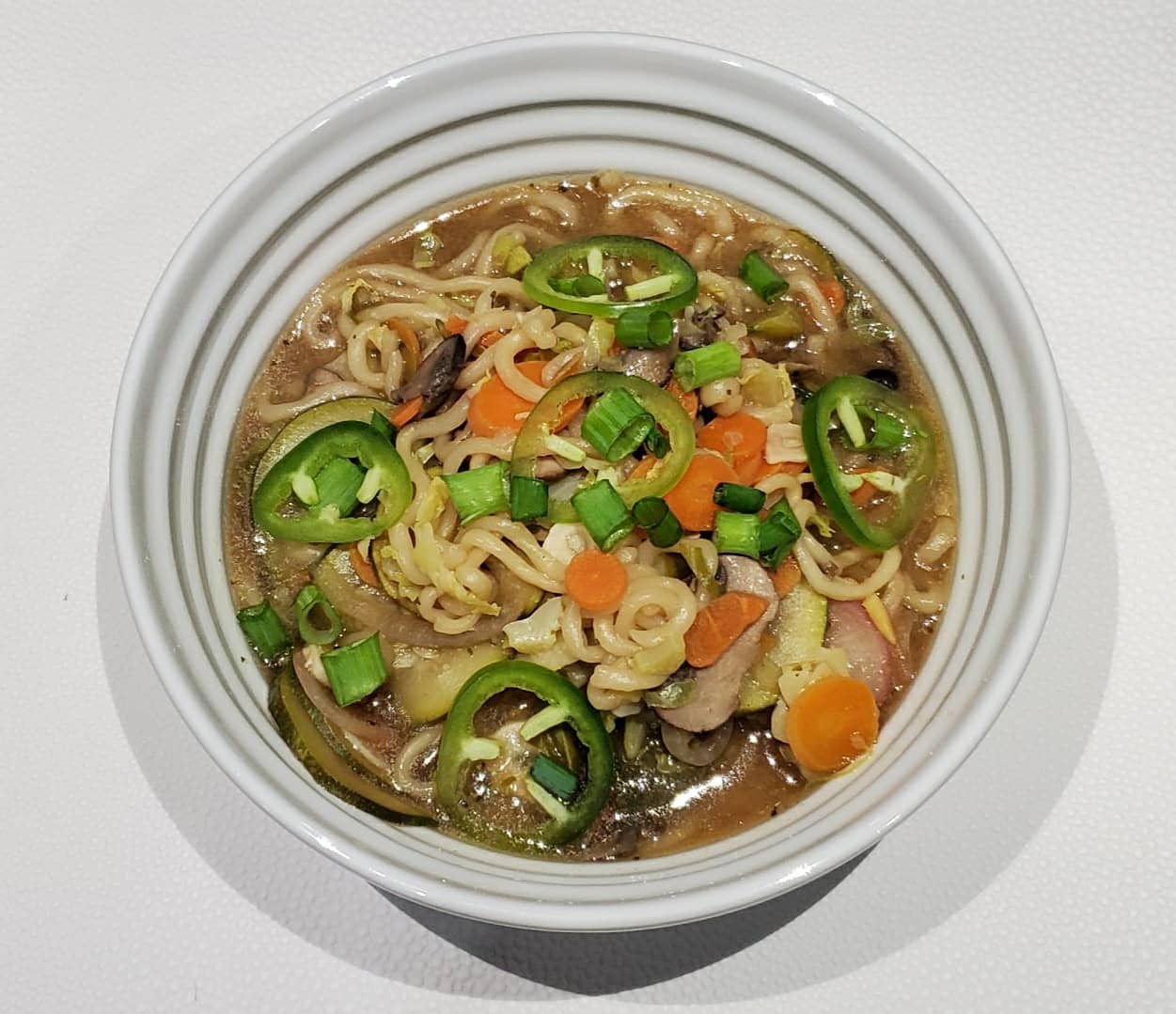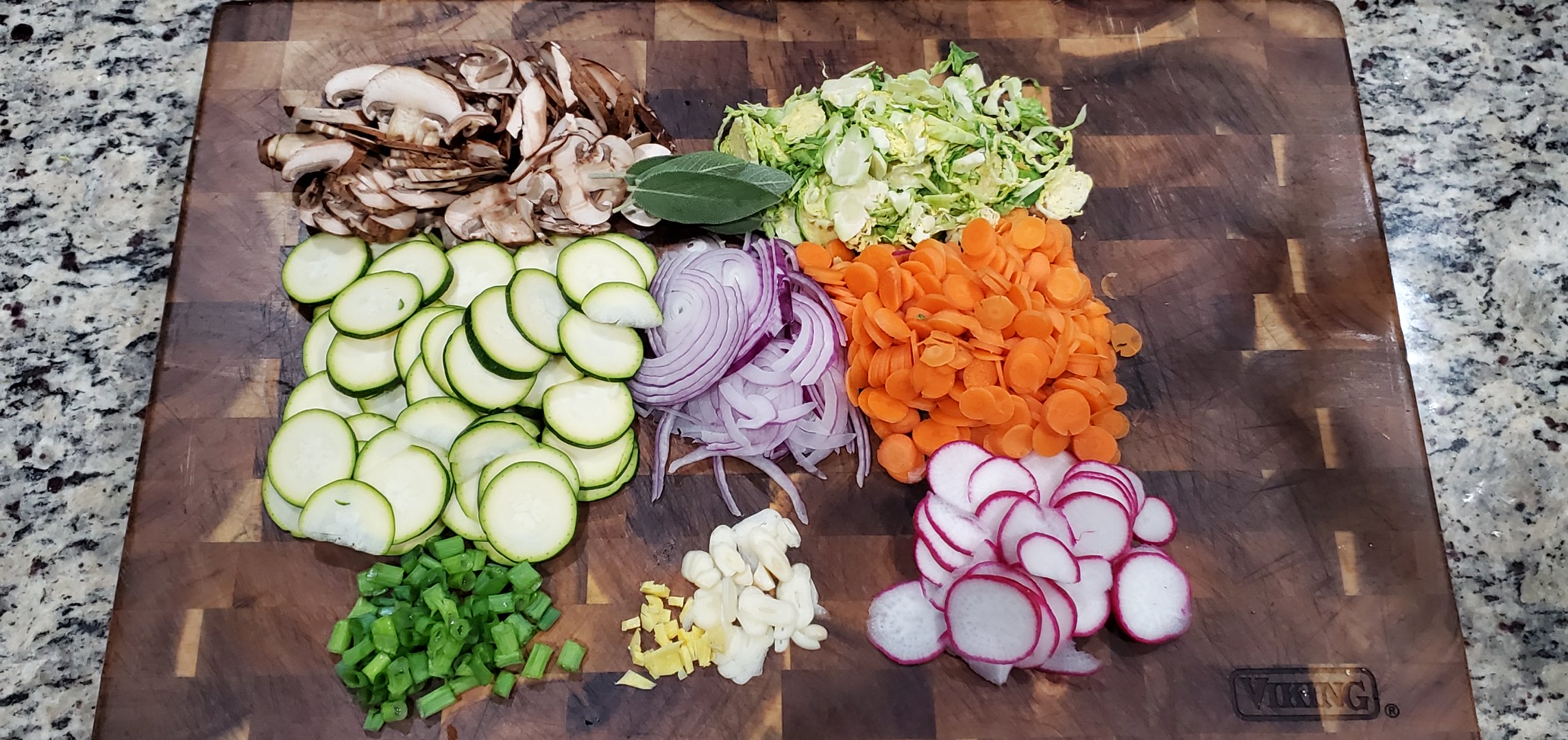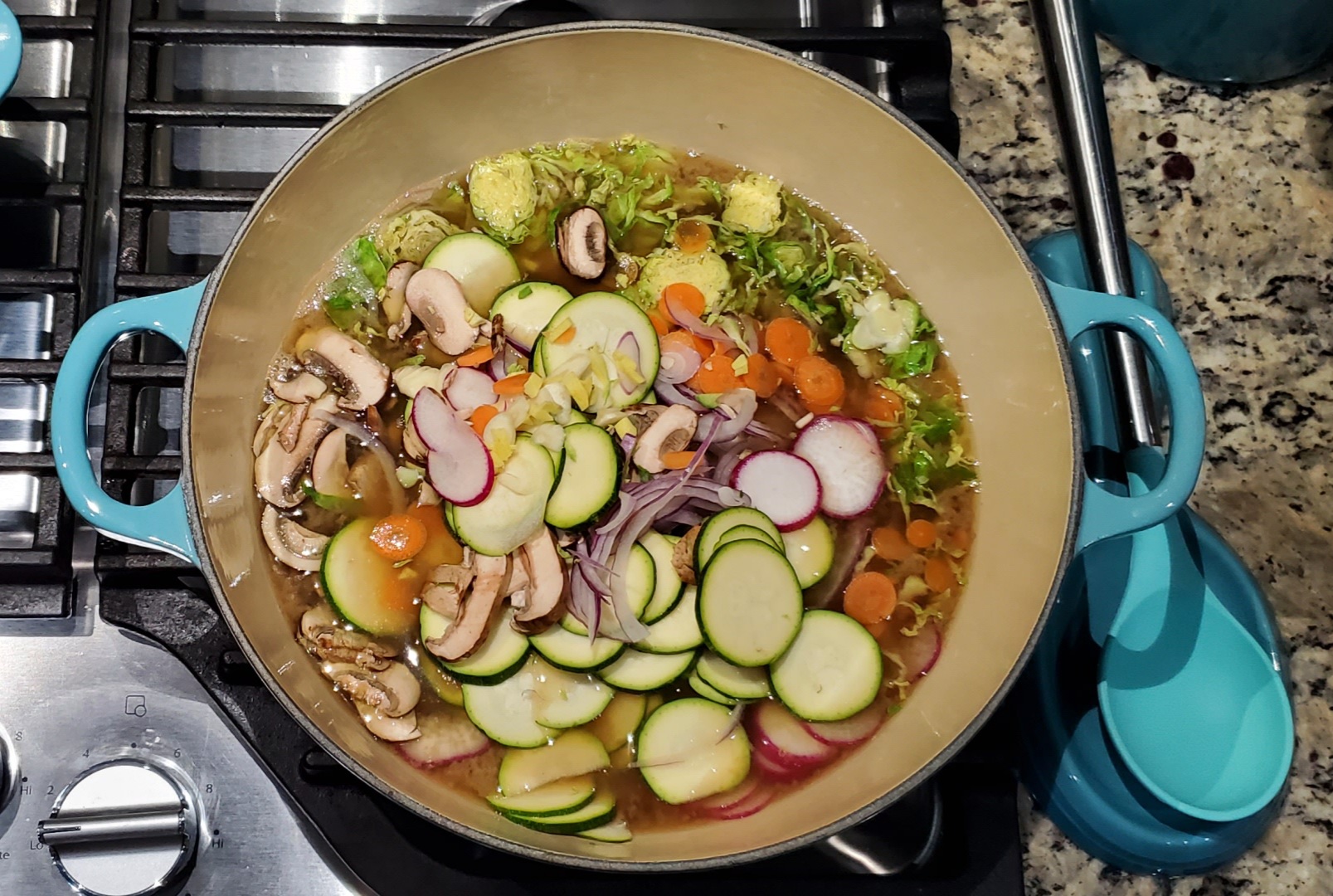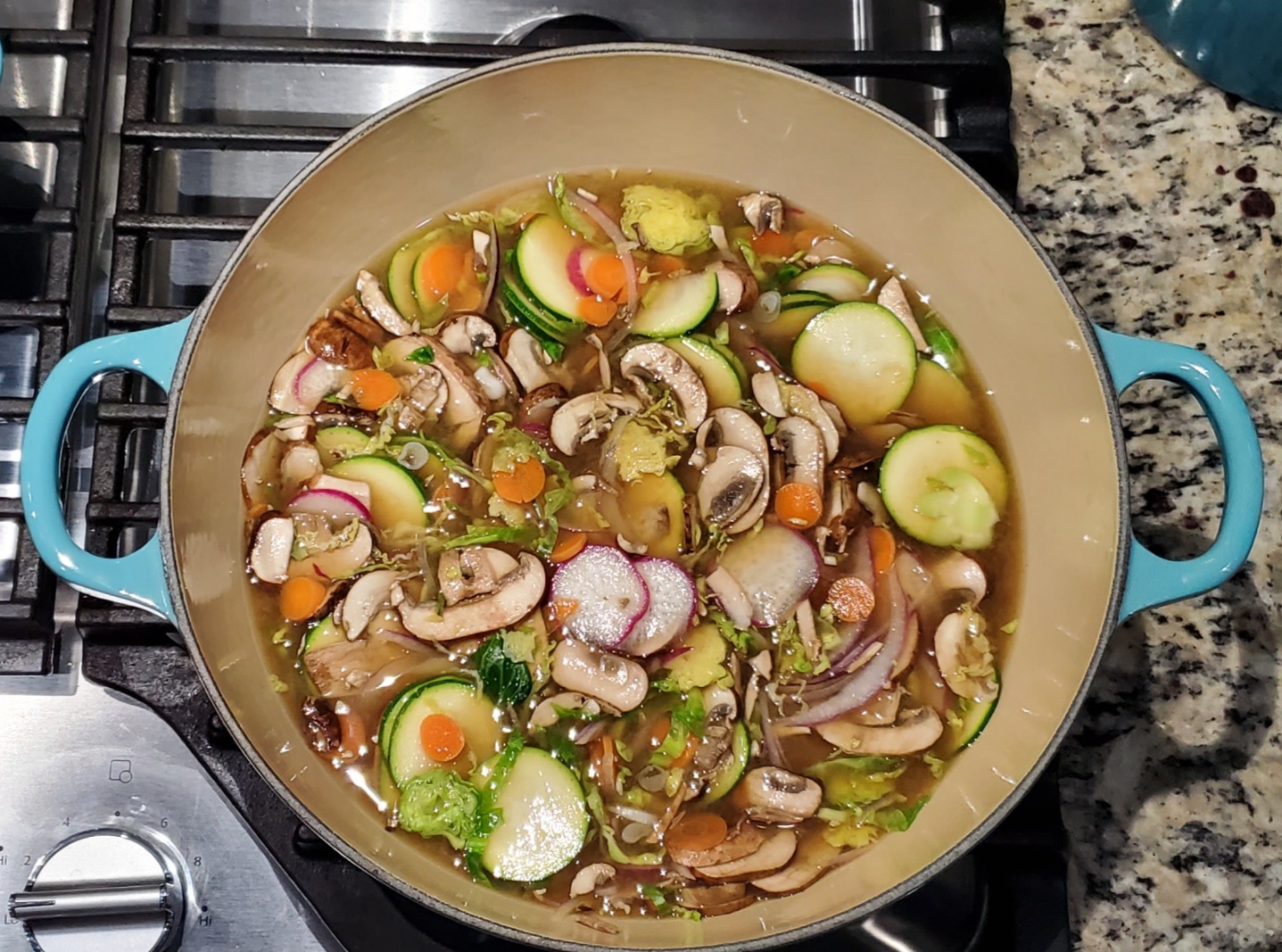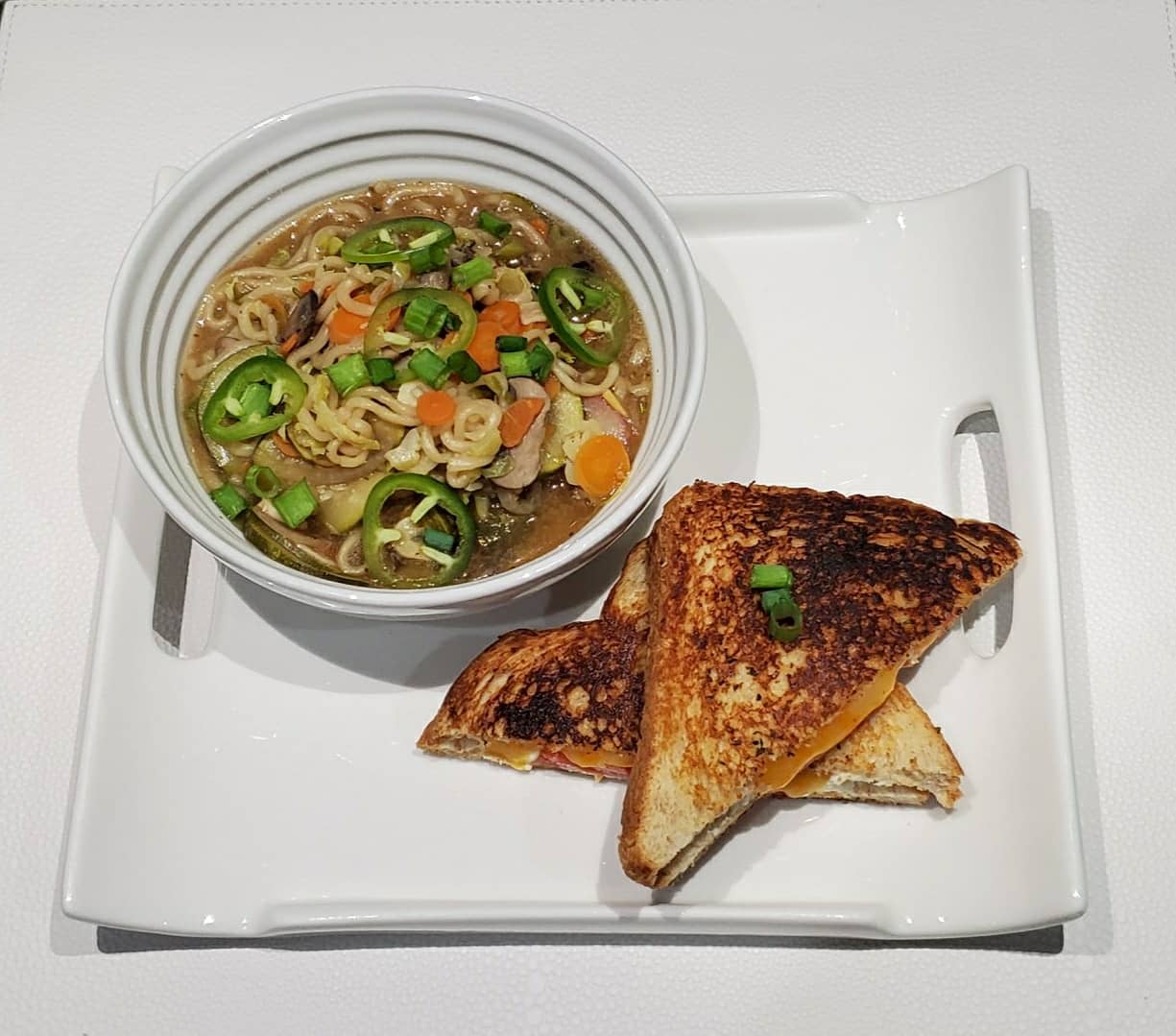The holiday season is fast approaching and if you have recently transitioned to eating plant-based or will be hosting a holiday dinner that you want to offer a variety of vegan options, you may be trying to figure out what should be on the menu. Believe me when I say it is a lot easier than it may seem. Offering a lavish spread of plant-based dishes that are appetizing and filling is not mission impossible. It’s very doable but will involve a little creativity and a big imagination. All you will need to do is slow down, take a deep breath and follow these steps to ensure that you and your guests will have a memorable holiday celebration and feast.
My first recommendation, which usually works like a charm, even for my meat loving guests, is to serve meals in small portions. Breaking up the meal into small plates gives your guests the opportunity to savor and enjoy the serving of each entrée. It also allows your dinner guests to be more adventurous with the meal, trying many different dishes as well as giving them the flexibility and option to customize their meal. In addition to reducing food waste, preparing small plates can also give the chef more control over food quality and increase the number of dishes being served.
My second recommendation is given that the entire meal will be plant-based, considerations should be made to ensure that the dishes being offered complement each other, are balanced, and packed with the essential nutrients needed to maintain a healthy balanced diet. A balanced meal should contain these seven major groups, carbohydrates to provide energy, grains, potatoes, and fruits are excellent sources of carbohydrate; proteins to maintain and promote tissue growth, soybeans and green peas are rich in protein. One cup of soybean and green peas contains 17 g and 9 grams of protein, respectively. A balanced meal should also include fats that function as a form of energy storage and promote hormone production, excellent sources of fats include nuts, seeds and plant oils; fiber to regulate blood sugar levels and promote gut and bowel health, vegetables, brown rice and legumes are excellent sources of fiber; trace amounts of vitamins and minerals, found in a variety of vegetables, nuts and seeds, to regulate metabolism, aid in cell growth and other biochemical functions and water to maintain hydration.
The third recommendation is to get creative with your meal offerings. Ditch bland and boring meal options and wow your dinner guests with elegant, exquisite plant-based meals. Yes, it is true that many switch to a plant-based diet to follow a healthy lifestyle and reduce the risk of developing a host of diseases including heart disease, diabetes, and strokes but this doesn’t mean that the food must taste like medicine! Be intentional about your food pairings, live on the wild side and explore the variety of flavors and textures that plant-based foods can offer. Your guests will thank you for their culinary experience later! There are many plant-based cookbooks available that will serve as a good source of fun plant-based recipes.
The fourth recommendation is to keep it simple. Enjoy the journey of preparing the meal and the venue for the celebration. Let the food be the focal point and everything else will fall into place. Do as much preparation ahead of time to reduce stress and keep you ahead of schedule. Make a list of each course and the respective ingredients to ensure that everything will be available and ready when it is time to start the meal preparation. Also, remember to be aware of your dinner guests’ allergies, so that no one falls ill during the festive season. Let their experience be a memorable one for the right reasons.
Now that you are equipped with all the right tools to pull off a successful plant-based holiday celebration, look at this sample menu that has several small plate offerings. Don’t forget to be creative and enjoy the journey! Happy cooking!
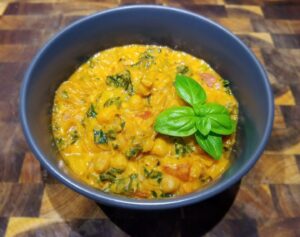

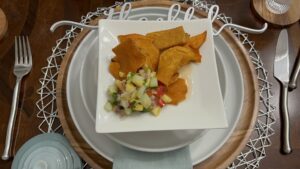
Holiday Menu – Small plates
- Course 1- Light appetizer, Sweet potato chips with jackfruit ceviche
- Course 2 – Soup, Thai red curry chickpeas soup
- Course 3- Salad, Spinach salad with candied pecans, olives, raspberries and cranberry sorrel vinaigrette
- Course 4 – Roasted brussels sprouts with maple syrup and balsamic glaze
- Course 5 – Entree, Roasted acorn squash stuffed with lentils, mushrooms, pistachios and pomegranate
- Course 6 – Entree, Creamy mushroom risotto
- Course 7 – Dessert, Coconut cream crème brûlée
- Course 8 – Drink, Carrot nog
Previously published on the Monitortribune.com on December 3, 2023.


